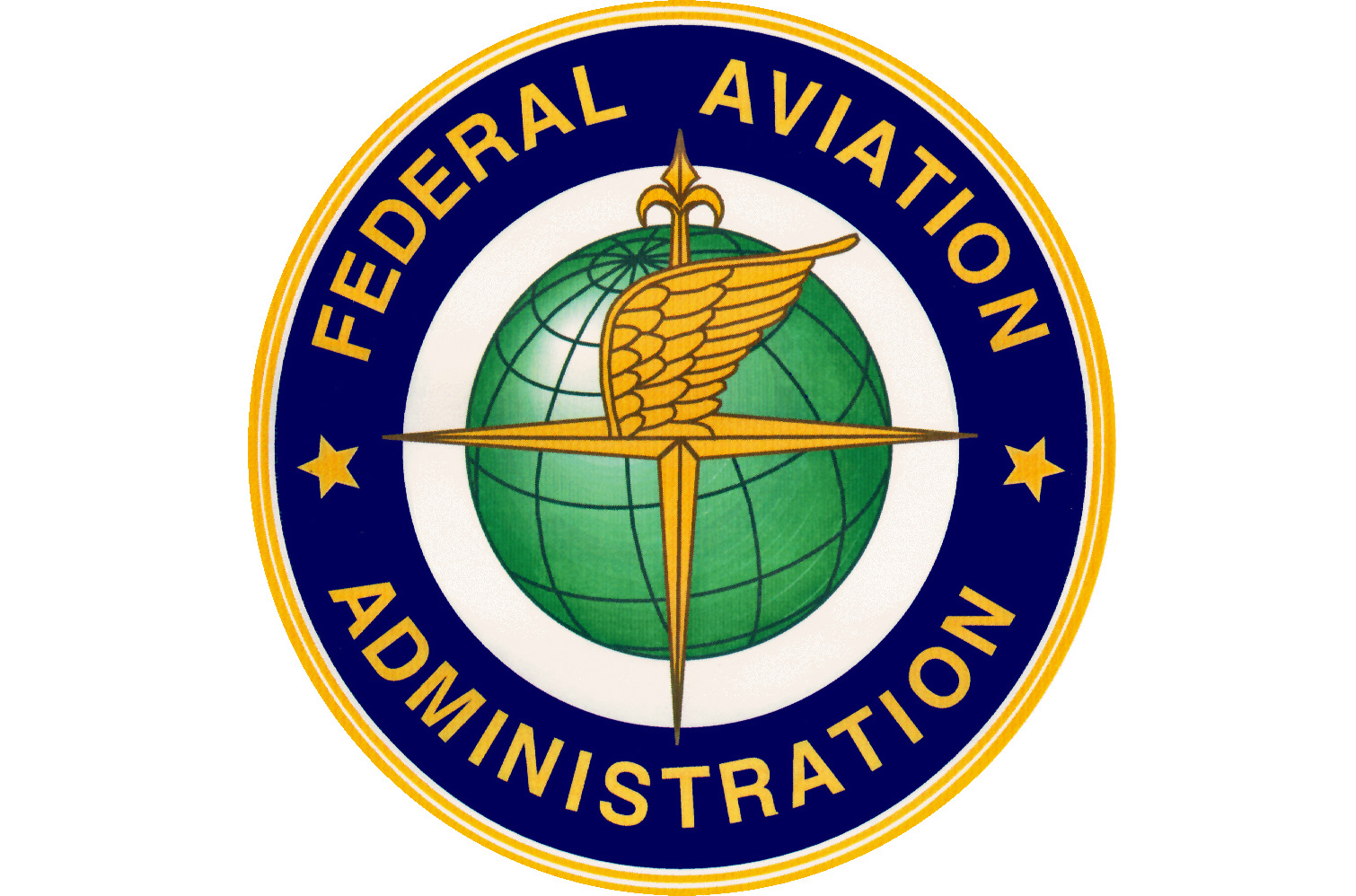When asked last month whether or not the FAA thought of regulation for a drone that someone bought to fly on their vacation differently than it did for a drone that was designed to be used to check variable-rate fertility on a farm, Hoot Gibson, the FAA’s new Senior Advisor on UAS Integration, said that the FAA viewed these products as being on different “tracks.” This corresponds with the line the FAA has drawn in the sand between commercial and recreation drone/UAV use, regardless of how blurred that line becomes for individual users and organizations.
Their recreational track was further defined as it pertains to regulation on Monday with the FAA’s announcement of small UAS registration rules. In a nutshell, this new registration process opens on December 21st and costs $5. It is accessed through an online portal and is only intended for recreational drone users. Those users will be registering as individuals, rather than registering individual drone units, which will hopefully streamline a registration process that must be completed by aviators by February 16th, 2016.The reaction across the industry so far has been an interesting mix of applause and groans. Some are happy to see the government respond to the perceived need for regulations after a few incidents showcased safety and security concerns. Others, like Sara Wolf at the National Business Aviation Association, mentioned that “the $5 registration fee will actually discourage many individuals from registering their UAS.” To be fair, registration is free for the first 30 days starting on December 21st, but the distinction between free and not free is an important one. The fee will surely compel some users to ignore the requirement if they believe they’ll be able to get away with a violation.What’s interesting to note is how the recommendations made by the UAS Registration Task Force Aviation Rulemaking Committee seemingly have and have not been considered by the FAA. As the experts at Hogan Lovells point out, their recommendation to make registration free or practically free was ignored, while the FAA is obviously moving forward with a web-based registration system. Of course, one has to imagine that development was already in place, as the organization clearly needed to move past the paper-based system they’ve been using.While much of this announcement isn’t directly relevant in the commercial UAV space, there are a number of hints and clues in this news to suggest what the FAA has in mind for the commercial space. Probably the most concise summation of what this means for the commercial space is offered by Aerotas CEO Logan Campbell, who mentions that although these rules are not all-encompassing, they provide an inside look at how the FAA is approaching regulation and enforcement details.He points out that there is no reference to a pilot’s license or operator certificate in the announcement, which has been a point of contention among industry insiders. The FAA has long maintained that drone users are aviators, and registration is a step toward making them accountable in that role. However, without a program or system to identify, train and authorize what a safe drone aviator looks like, we seem to only be defining a single piece of the requirements that many have been asking for. Since authorities often have little trouble identifying users who were at fault during an incident, it’s not even the definition most have been seeking.Safety concerns appear to be something the FAA and industry leaders are discussing though, as U.S. Transportation Secretary Anthony Foxx is quoted in the release as saying that, “registration gives us an opportunity to work with these users to operate their unmanned aircraft safely.” Additionally, Brian Wynne, president and CEO of the Association for Unmanned Vehicle Systems International (AUVSI), said that extending this registration requirement to consumer UAV/drone operators “will help promote responsibility and safety.”Observers can appreciate that registration goes a long way toward making people accountable, but as John Goglia points out, how this has any direct impact on safety isn’t apparent. Hoping that the process of registering oneself will inherently weed out unsafe fliers isn’t much of a plan.Dave Mathewson, executive director of the Academy of Model Aeronautics (AMA), already mentioned in response to the task force recommendations that he is mostly concerned with “the best ways to ensure the safety of our airspace.” While not in direct response to Monday’s news, he clearly is not convinced that forcing government registration upon individuals will make them any safer or better aviators. Without any sort of training associated with government registration, it’s hard to argue that point.While it makes sense for the FAA to create different pieces of legislation for the recreational and commercial usage of drones, looking further into the issue opens up various layers of nuance. After all, someone who is getting ready to fly a drone for the first time on their vacation is a much different user than the person who’s now been flying for years without incident. That distinction isn’t one the government makes before, during or after the registration process.This could just be a first step though, and the all-encompassing regulation that is set to pass in 2016 might go beyond the commercial UAV regulations that were purposefully left out of Monday’s announcement. If safety is as big of a concern for the government as they say it is, they can’t ignore the need to make that part of a registration process in one manner or another.All that being said, something to keep in mind when it comes to safety is that regulation can only go so far. Let’s not forget that you don’t actually need to have a license to purchase a car, which means this is an issue that will also be impacted just as much by enforcement procedures. With the penalties that have been identified and proposed for violators, it’s clear that’s not a piece of the issue anyone is ignoring. Finding out how many people actually sign up by February 16th will be an interesting barometer in terms of figuring out whether those penalties are sufficient enough to compel compliance or not.As ever, there’s still much to be defined around what this means for UAV users of all types and sizes, but anyone interested in seeing how commercial UAV regulation might play out should check out the registration page and process when it opens on December 21st.Subscribe
The information you submit will be stored and used to communicate with you about your interest in Commercial UAV News. To understand more about how we use and store information, please refer to our privacy policy.
December 17, 2015
Commercial UAV Reactions and Repercussions Concerning the FAA Drone Registration Announcement
















Comments